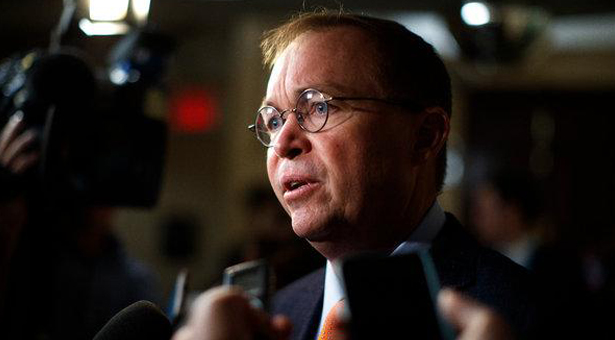
 2020 Vision: Our updated National HIV/AIDS Strategy
2020 Vision: Our updated National HIV/AIDS Strategy
President Barack Obama addresses the nation on the release of the revised and updated “National HIV/AIDS Strategy for the United States: Updated to 2020.”
By Valerie Jarrett, Senior Advisor to the President and Chair of the White House Council on Women and Girls.
On Thursday, the Obama Administration released the National HIV/AIDS Strategy: Updated to 2020 (“Updated Strategy”). Since we released the nation’s first comprehensive HIV/AIDS strategy in 2010, we’ve made tremendous progress in the fight against HIV/AIDS. More people living with HIV know their status and are linked to care. We have better medications to treat the disease and better tools to prevent its transmission, like pre-exposure prophylaxis (“PrEP”) —a daily pill that can reduce a person’s risk of acquiring HIV by more than 90 percent when taken consistently.
Yet, despite this progress, there is still an HIV epidemic in the U.S. Not only has there been a recent HIV outbreak among injection drug users in Indiana, there has also been a national increase in the number of diagnoses of HIV infection among young gay and bisexual men. This disease is preventable and if a person is infected, there are ways to drastically minimize transmission to others. Too many people living with HIV are unaware of their status or are diagnosed late. Many people may not realize that while being HIV-positive may once have been a death sentence, they can now live long, healthy lives with HIV if they are diagnosed and treated.
There is a great discrepancy between the number of people who are diagnosed with HIV and those who are in care. Of the 1.2 million people living with HIV in the U.S., 87 percent (or about one million) of them know they have HIV, yet only 39 percent are engaged in care. This means that the majority of folks with HIV are not consistently getting the care they need to stay healthy and de-crease their chances of trans-mitting HIV to others.
Groundbreaking research is unlocking new tools and methods to help keep people in care, prevent and treat the disease, and find a cure. A critical part of making the best use of current investments and maximizing impact is to focus attention and resources on persons living with HIV infection and those who are at greatest risk for acquisition. That’s why the Up-dated Strategy’s update calls for a focus on the right people, the right places, and the right practices…right now.
Our efforts under the Up-dated Strategy will prioritize the groups most affected by HIV: gay and bisexual men of all races/ethnicities (especially young Black gay and bisexual men), Black women and men, Latinos and Latinas, people who inject drugs, youth aged 13 to 24 years, and transgender women (particularly Black transgender women). We will also focus on the areas with the highest burden of disease, such as the Southern United States.
In 2015, we know what works, and to make a significant impact on the epidemic, the Updated Strategy calls for a focus on the following actions that will move us toward the 2020 goals:
- Widespread testing and linkage to care, enabling people living with HIV to access treatment early.
- Broad support (from housing and transportation to treatment adherence) for people living with HIV to remain engaged in comprehensive care.
- Universal viral suppression among people living with HIV.





Be the first to comment